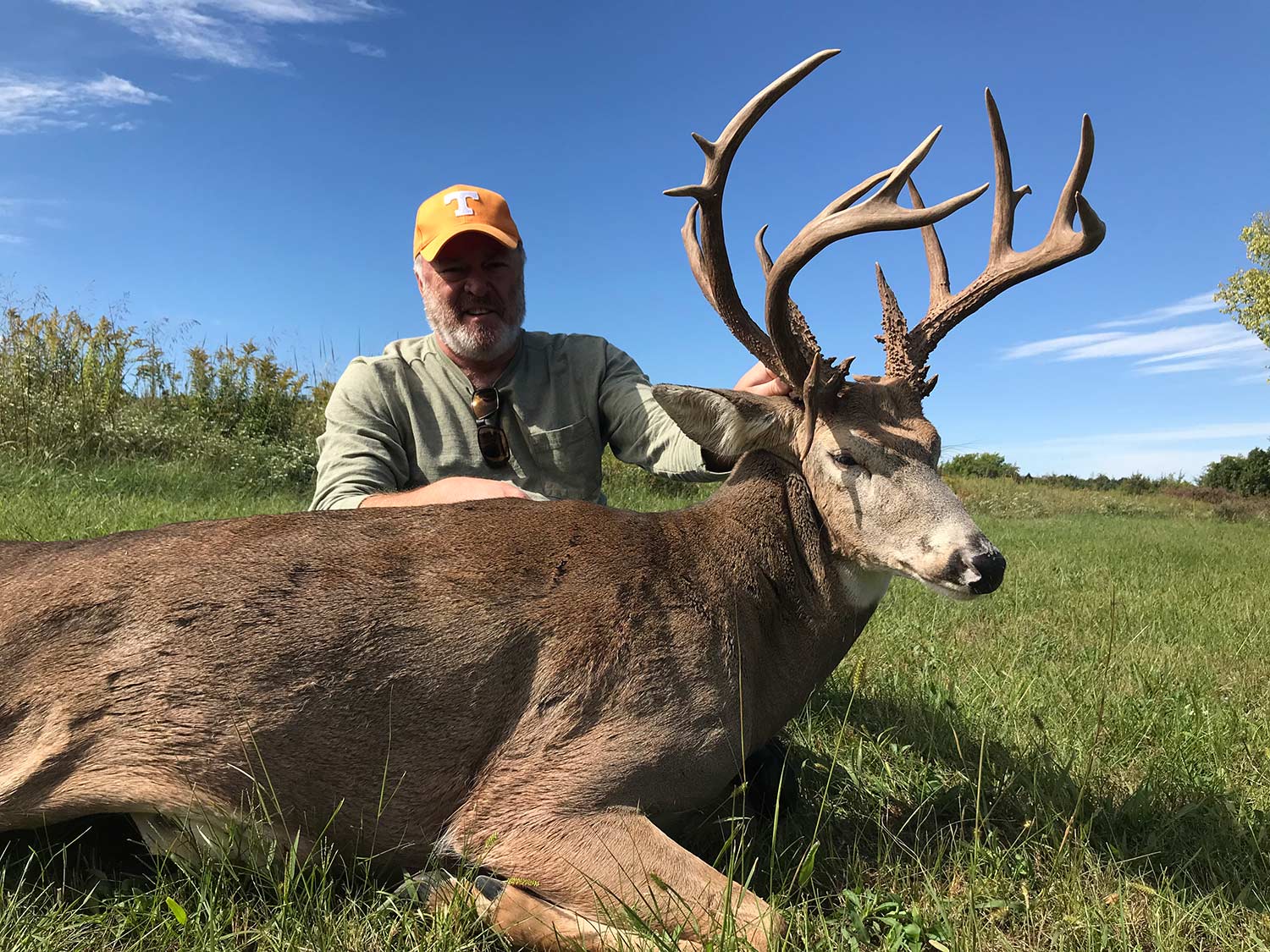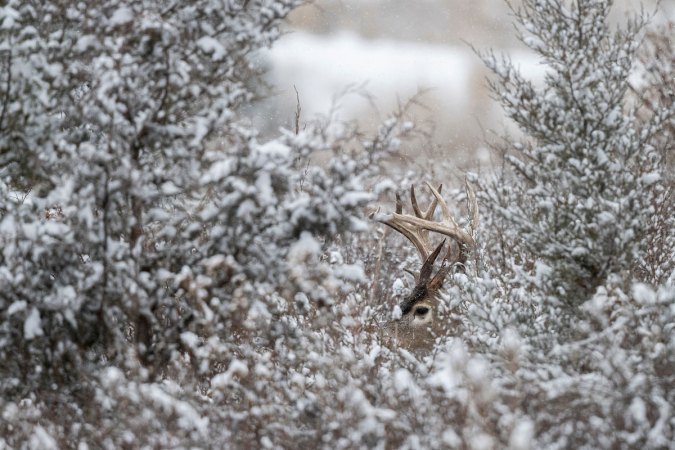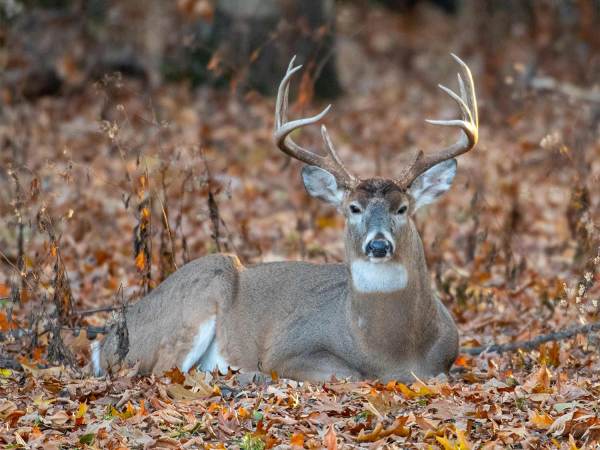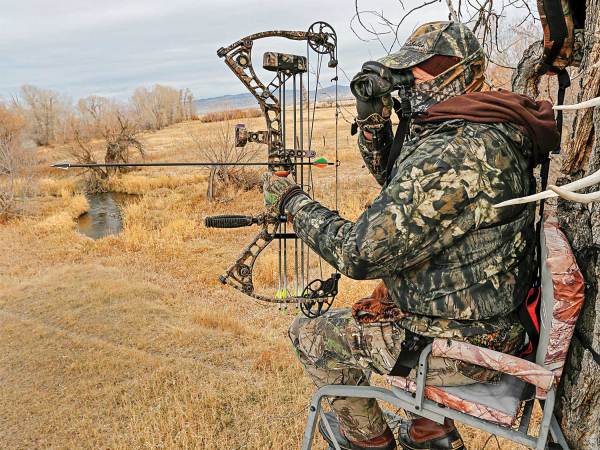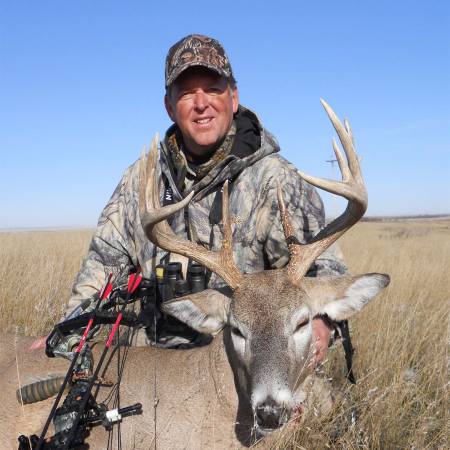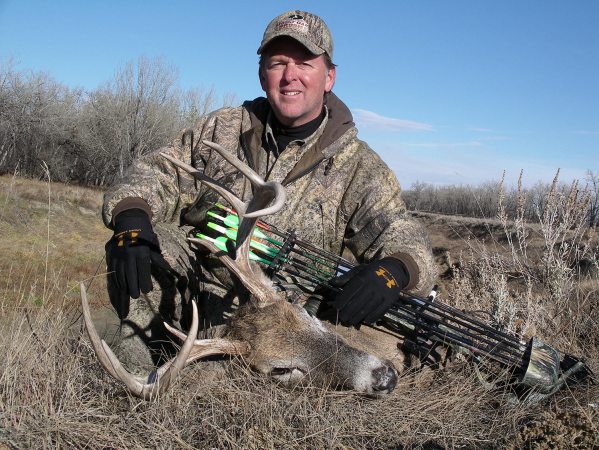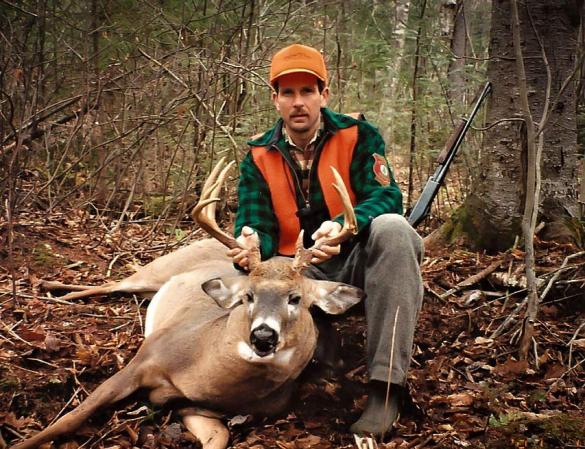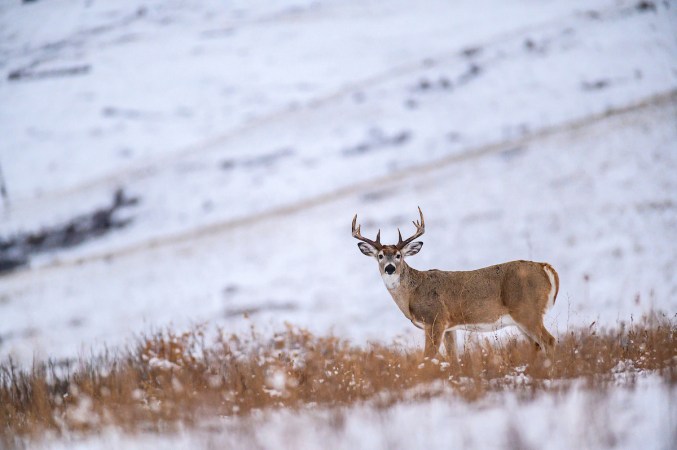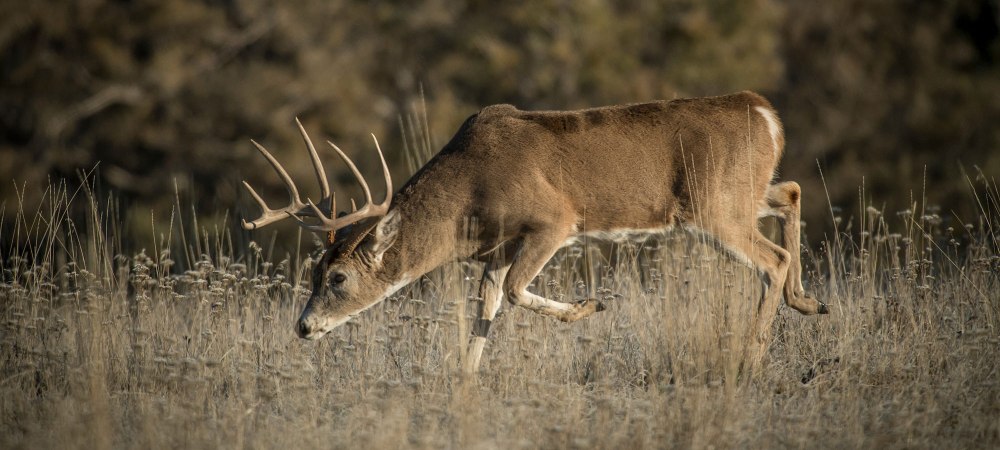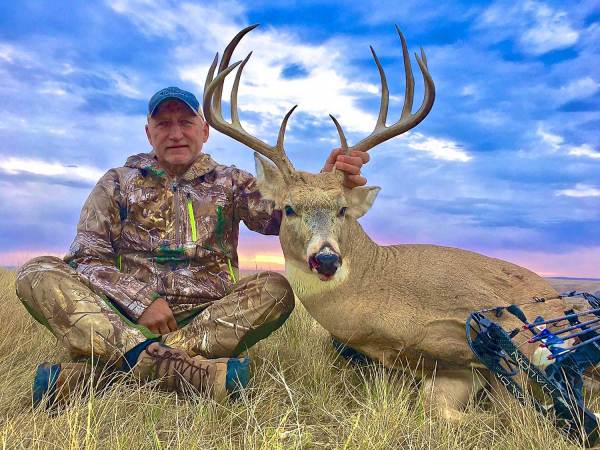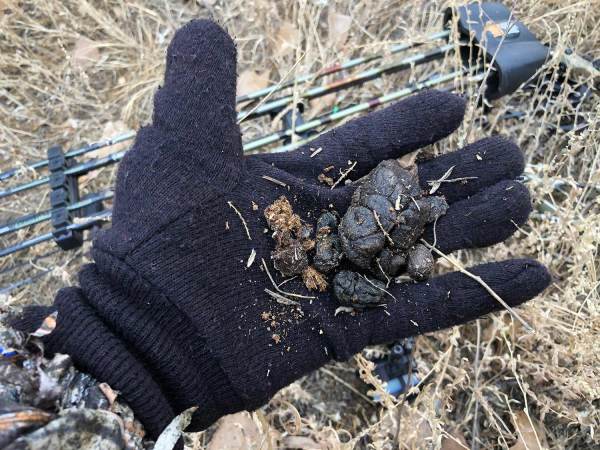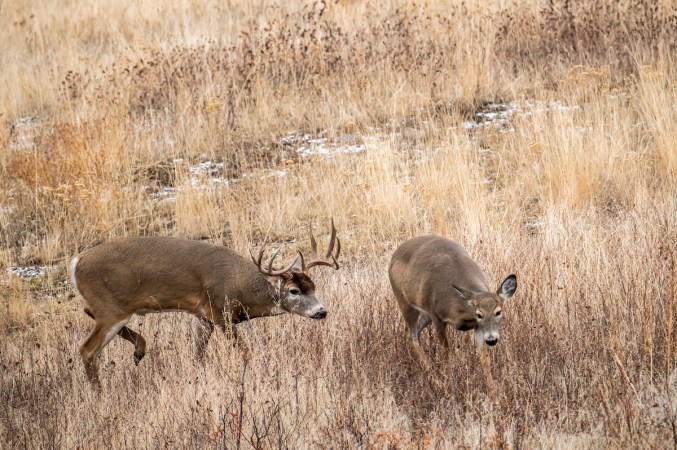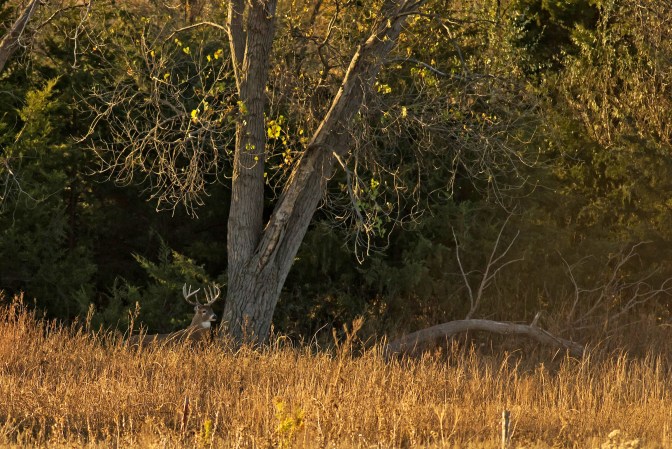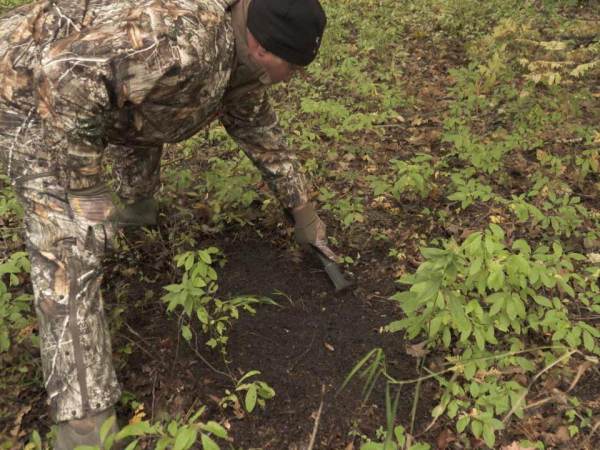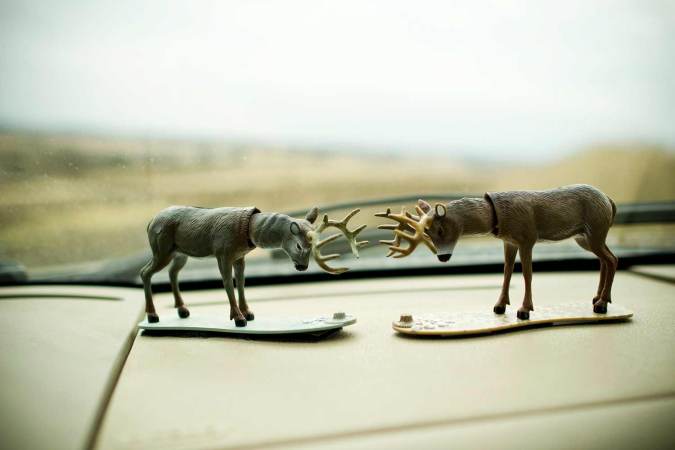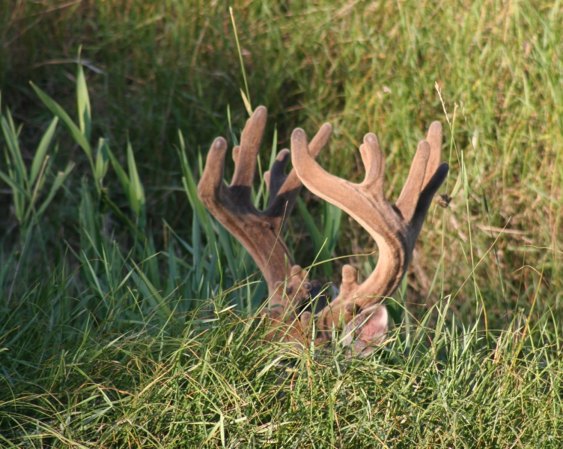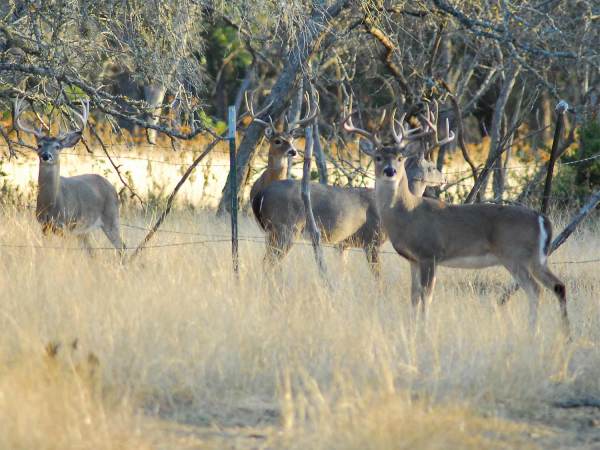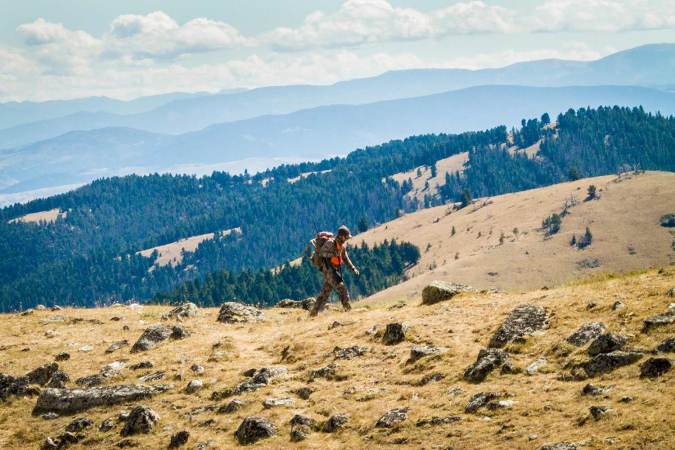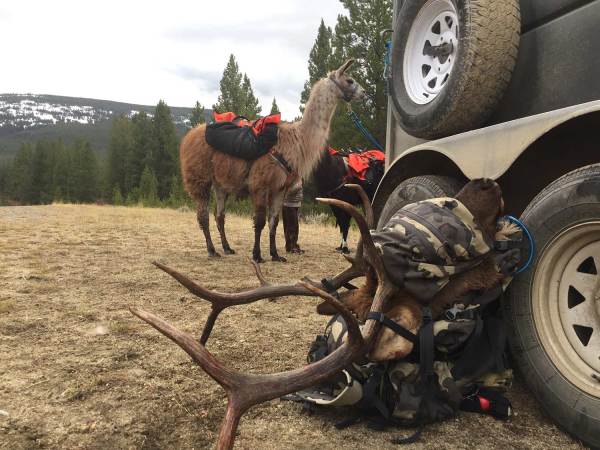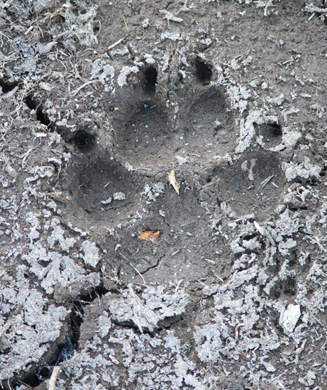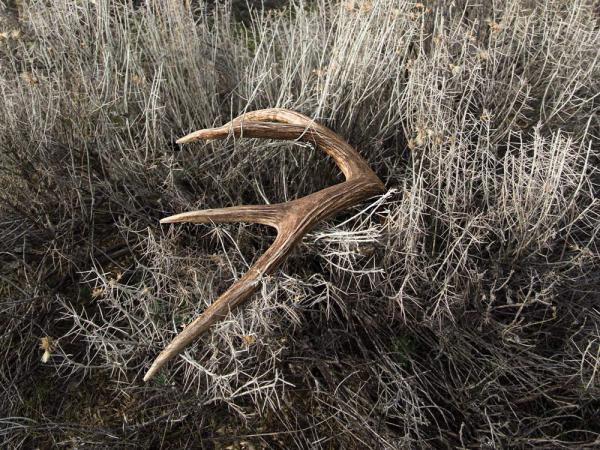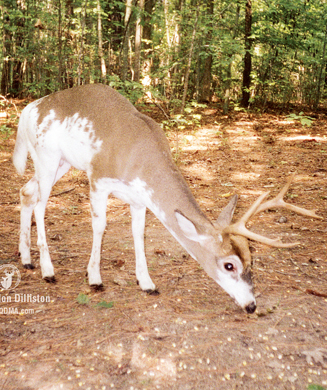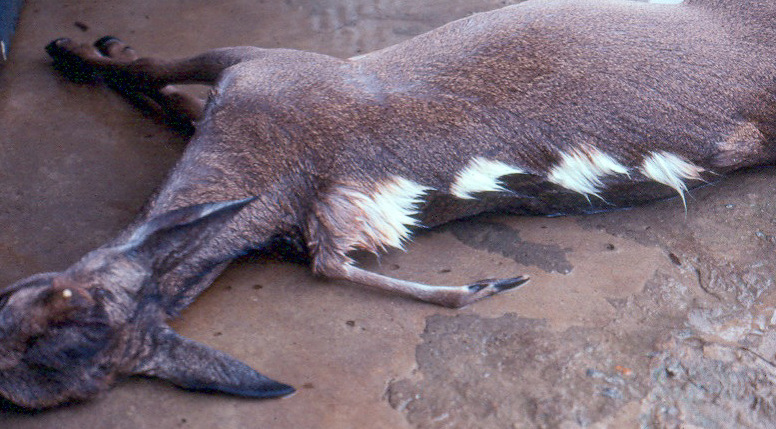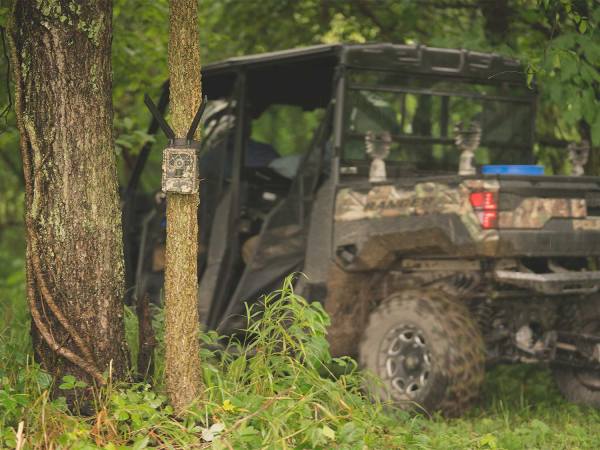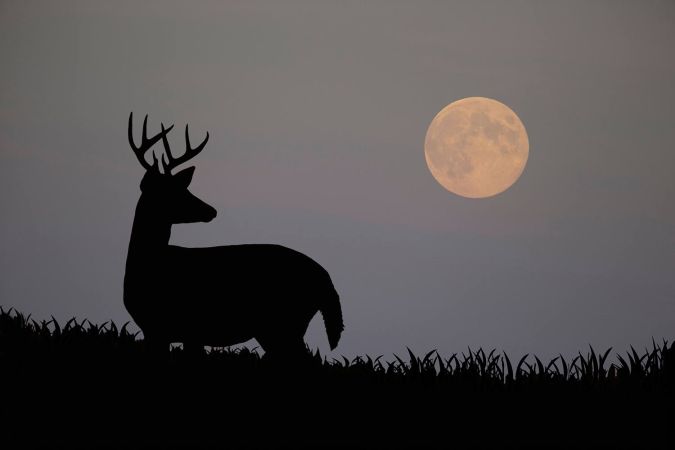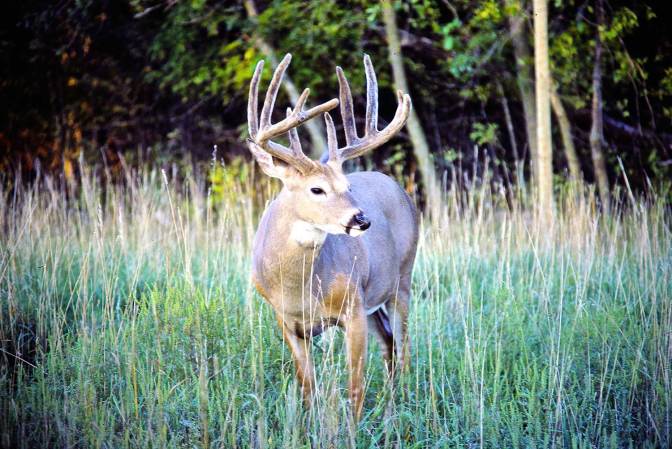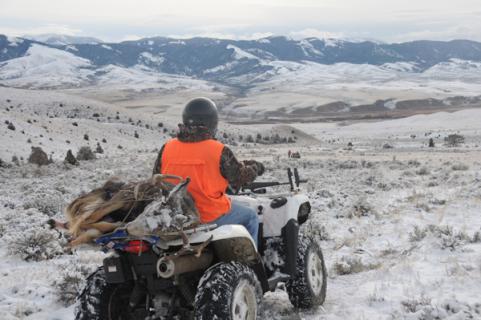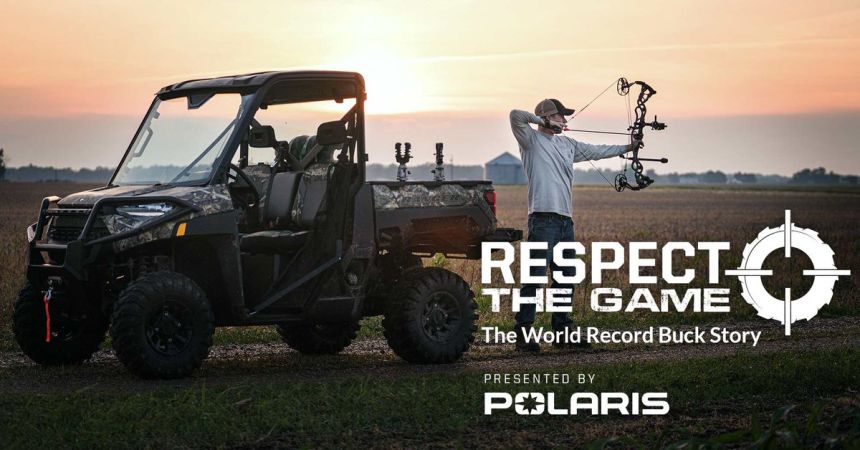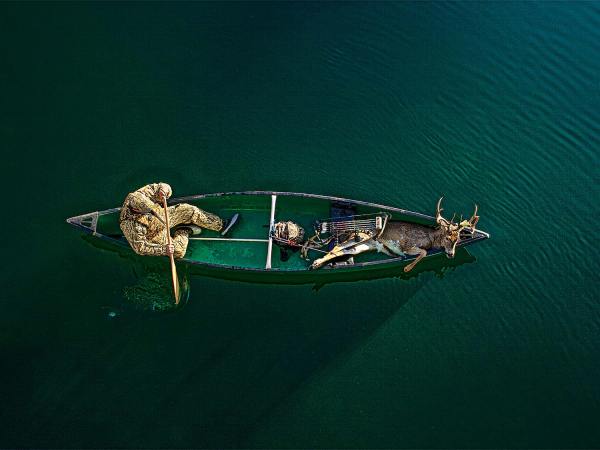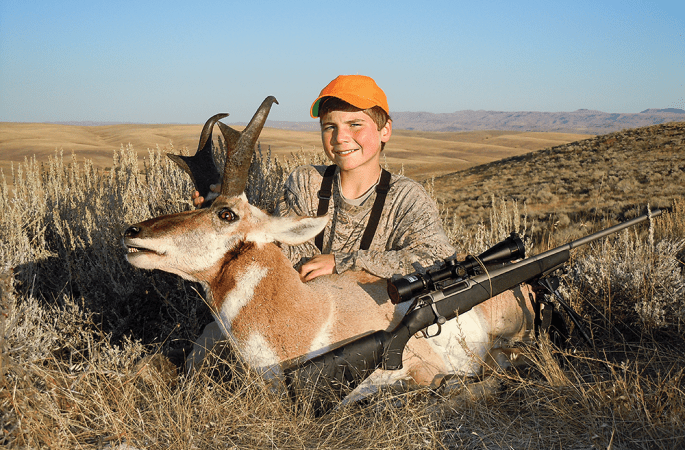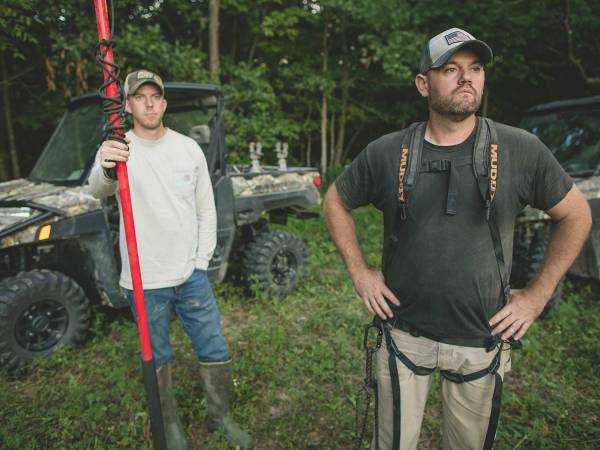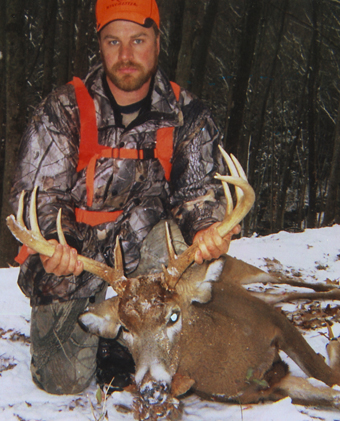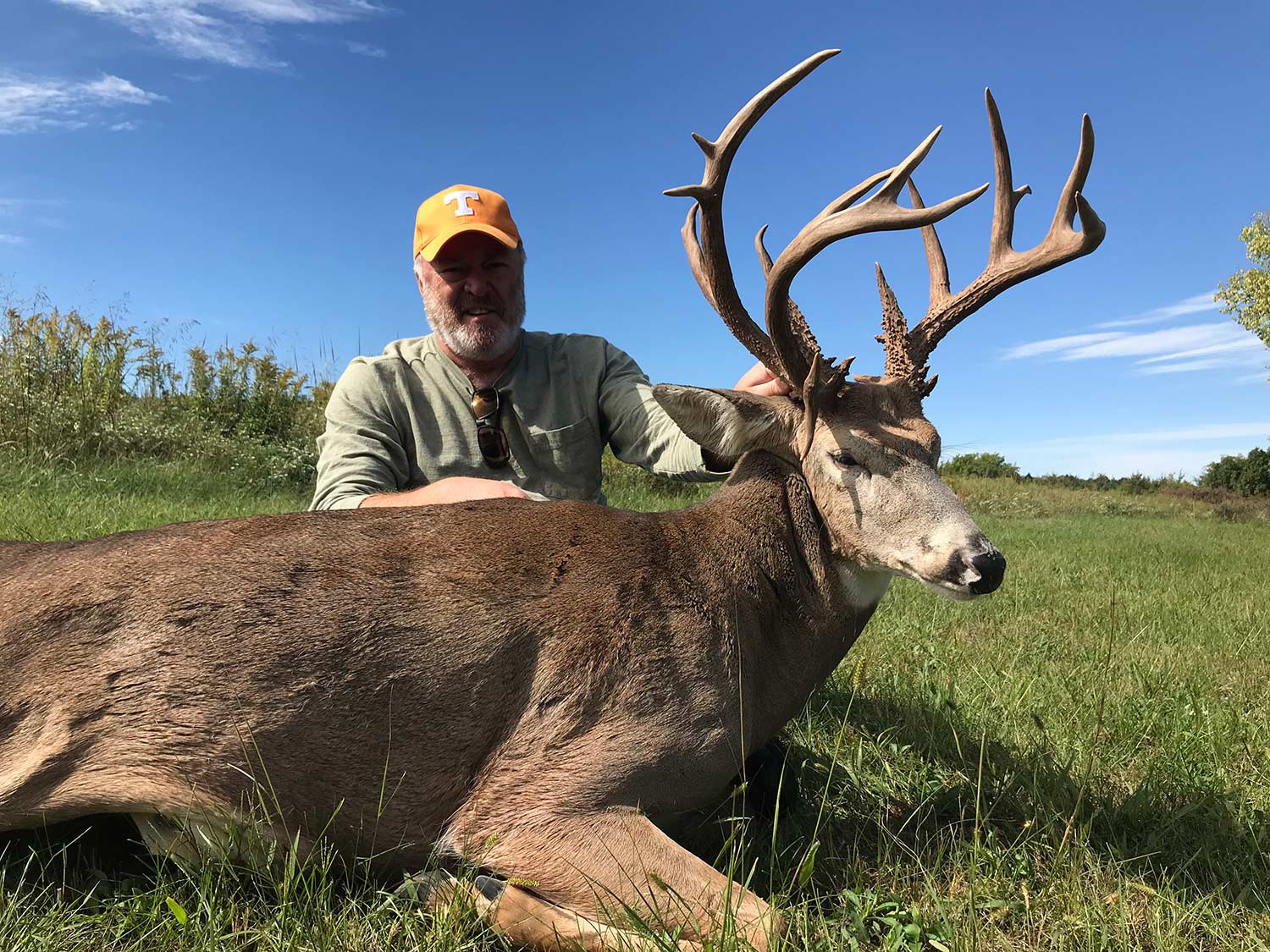
Modern high-tech scouting gear like cellular game cameras, hand-held GPS units, and mobile phone mapping apps have been deer-hunting game changers. However, at the end of the day, these tools alone will not translate to more meat in the freezer and bucks on the wall. The cold hard truth is there’s just no real substitute for old-school wisdom, hard-earned knowledge, and woodsmanship skills when it comes to scouting, patterning, and effectively hunting whitetails.
Your dear ole granddad sure didn’t need high-tech devices to get it done. He relied on precise scouting techniques that involved accurately reading sign, understanding whitetail habits, identifying preferred food sources, and adjusting to seasonal pattern and behavioral shifts. In order to maximize your overall success in the woods, you first need to master the following old-school scouting and patterning techniques. These nine tactics worked for your grandpa, and they will still consistently produce results for you today.
1. Hunt Un-huntable Cover
I’ve been fortunate enough to chase whitetails from the Appalachian Mountains of Kentucky to the open, rolling hill country of Oklahoma, and just about every point in-between. Although it might seem trite to say, mature bucks almost always gravitate toward the thickest and nastiest cover they can find, especially during periods of intense hunting pressure. This won’t come as a big surprise to savvy hunters, however, very few know how to effectively scout, set up, and hunt areas that are both intimidating and seemingly impenetrable.
The key is to walk the edges of overgrown clear-cuts, densely covered thickets, and the ugliest swamp bottoms you can find that are located near current food sources to pinpoint entry trails.
Once you know how deer are entering and exiting these daytime bedding sanctuaries, slide around to the back side of them at their furthest point from the food source and strategically clear out a hunting entry route. Look for extra-large bedding imprints on the ground and oversized droppings that usually indicate a big buck’s core bedding area. Now, drop back a safe distance and utilize a hand-saw and rake to create an opening about the size of a large living room. You can add some type of legal attractant such as a mock scrape, small watering hole, mineral lick, no-till food plot, or you can simply spread shelled corn and apples. Set up a make-shift blind with surrounding vegetation and natural cover that overlooks the opening and beat him into the bedding area well before daylight. This technique is extremely risky and it takes a lot of scouting, planning, and prep work, but it can pay huge dividends when hunting older bucks that rarely make mistakes.
2. Eliminate Possibilities
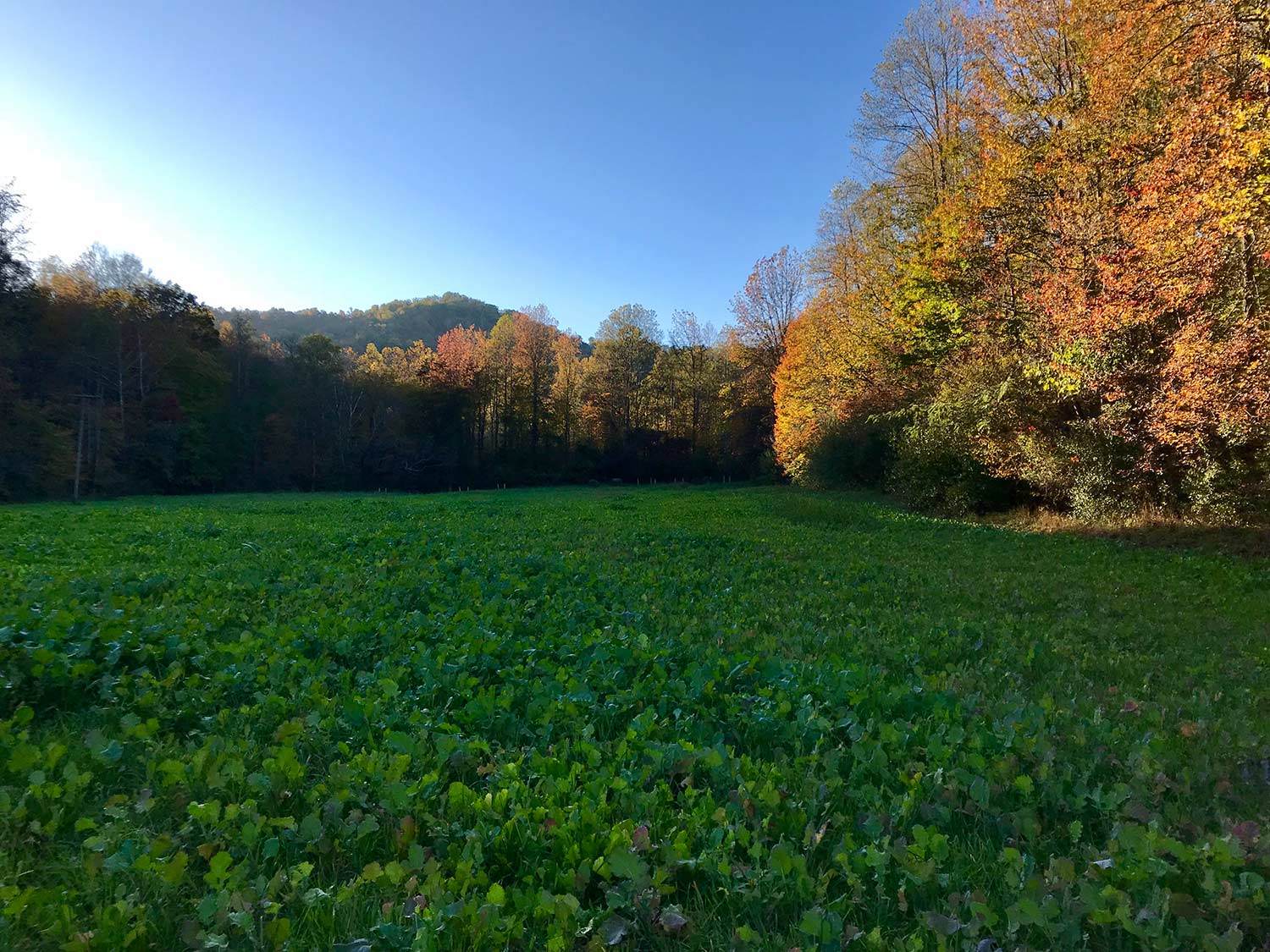
Unfortunately, big bucks have a tendency of not following the script even after you’ve spent countless hours scouting and planning. When hunting large tracts of heavily-wooded land, vast mountains, or even the edge of a feeding area, a targeted buck can have a huge advantage. For instance, there are numerous trails, travel corridors, and bedding options he can choose from and we simply can’t cover them all. One dirty trick your grandpa used was to eliminate a buck’s options and choices. It still works today.
This can be as simple as cutting large sections of brush to block the multiple trails a buck uses to enter or exit feeding and bedding areas. You can also tie the top strand of a barbed-wire fence to the middle strands to create your own deer crossing. Another option is to go to your local barber shop and collect bags of hair to spread out along areas that you can’t cover on large tracts of land. You can even add strong smelling perfume, cologne or other alarming scents to the hair that can serve as a threatening deterrent. Just make sure the scent barriers you’re creating are laid out safely away from your setup, so you won’t mess up your own hunt.
3. Condition Your Deer
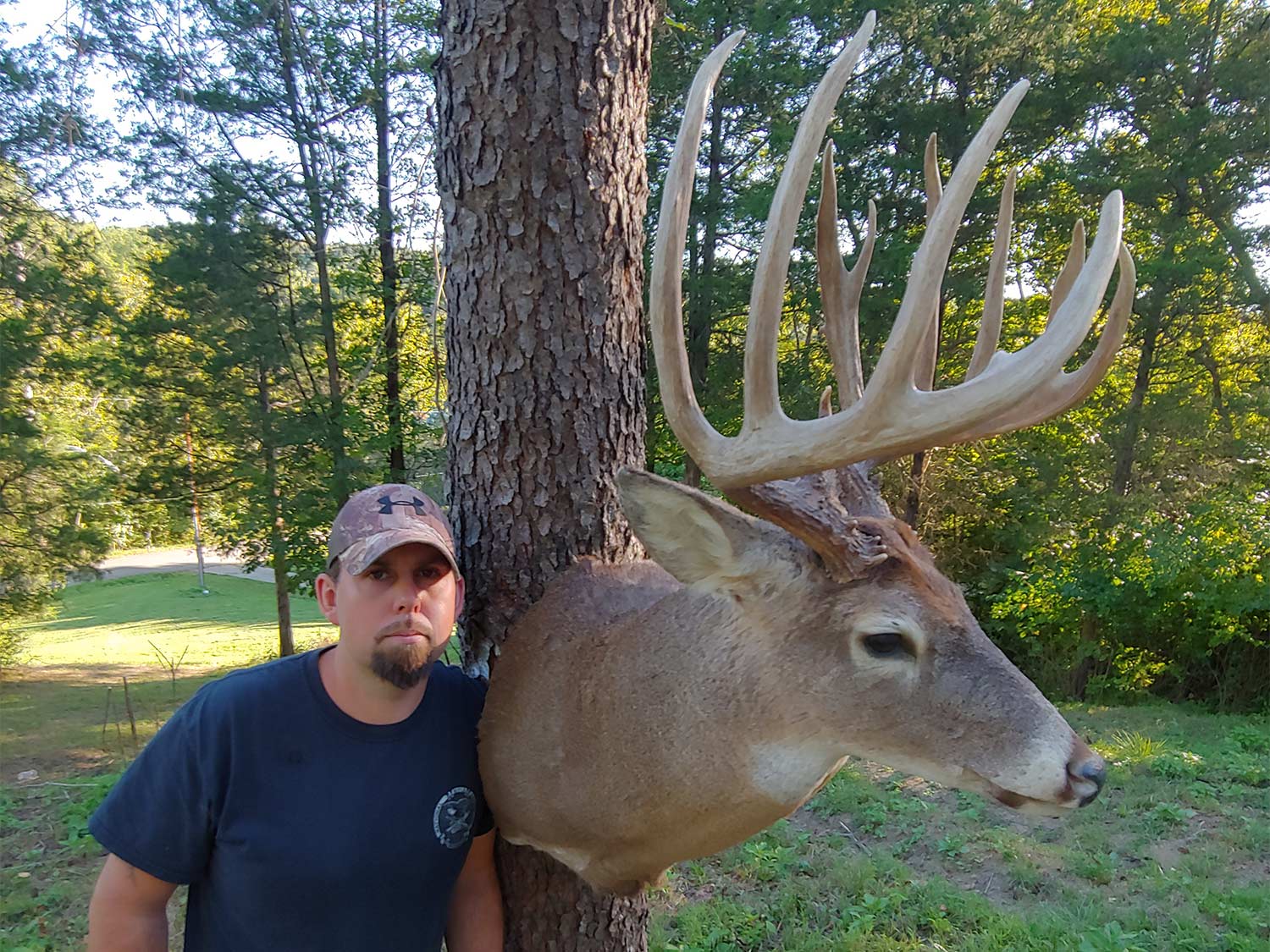
Ohio native Stanley Suda is a contractor by trade but a diehard whitetail addict at heart. Over the years, he has taken a very impressive string of top-heavy whitetail bucks near his home around the Ohio River and neighboring states such as Indiana and Kentucky. He attributes a great deal of his success in the deer woods to implementing outside of the box scouting and hunting tactics that exploit big buck behavior through strategic conditioning.
“The problem with hunting veteran bucks is that they usually follow strict daily routines and travel routes that keep them out of harm’s way,” says Suda. “However, it’s possible to condition bucks to travel the way you want them to with a little planning. Once I find feeding areas and bedding locations through scouting, I will create and cut mock paths that connect both. The big difference is that I run these trails through prime spots where I can set up on a buck and hunt him without being detected. Bucks and deer in general will usually travel the route of least resistance as long as they feel safe doing so, which makes establishing these routes not that difficult. During the earlier segments of season, I spray non-rut buck urine along the paths and gradually switch over to doe scents closer to the rut.”
4. Yak It Up
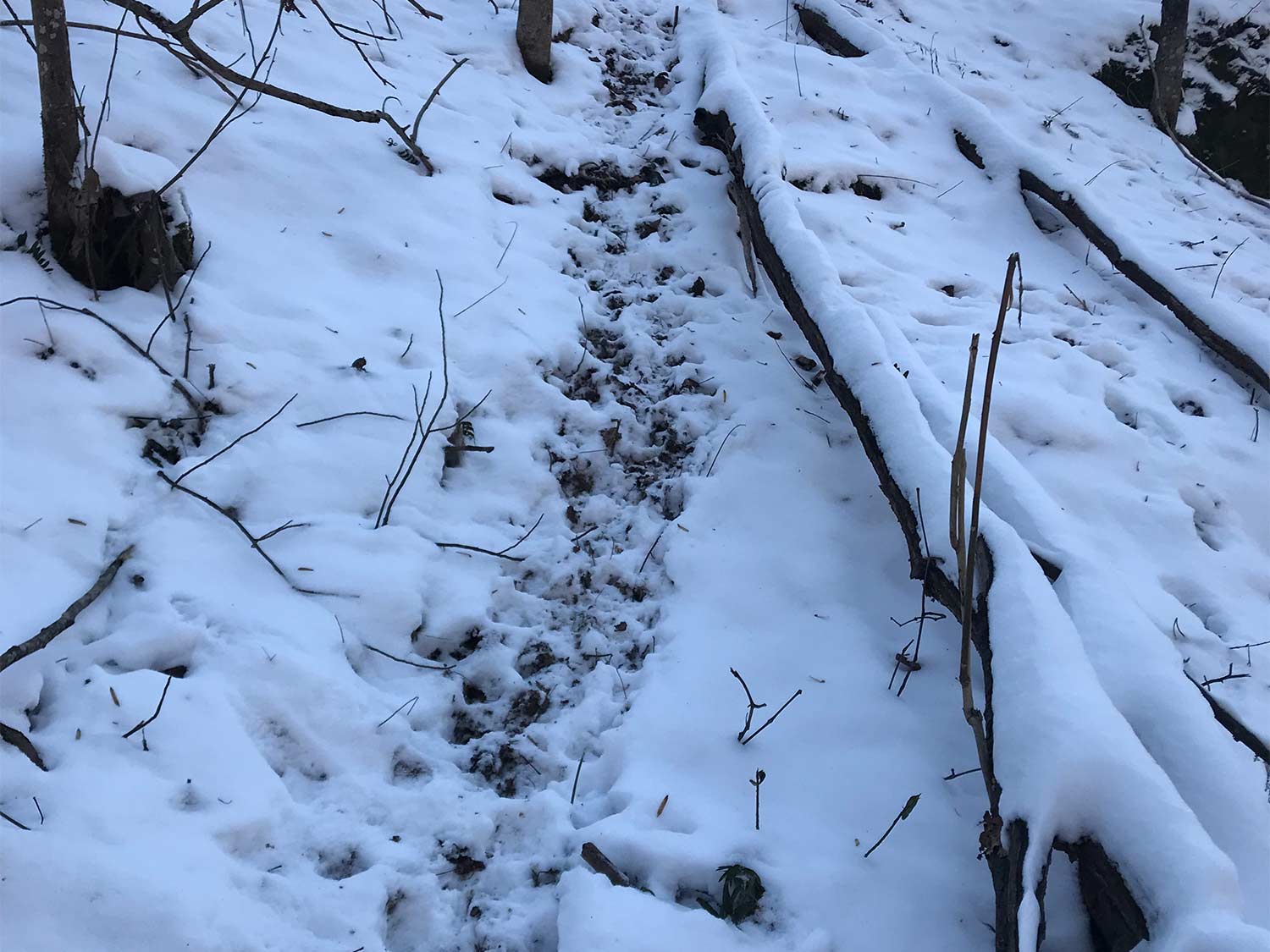
Anyone who lives in a rural community knows that that Fed Ex, UPS, US Mail and other delivery drivers often travel their particular routes at the same designated times each day. They will likely think of deer as being an annoyance, but if you take the time to interact with them, they can provide some hugely significant information.
“In my opinion, one of the best ways to quickly find a big buck is to strike up a conversation with local mailmen, delivery truck drivers, and even school bus drivers,” says Suda. “These people log-in a lot of road time and will often routinely see whitetails along their daily routes and whitetails with giant racks have a tendency of drawing attention. I have found this to be true even among people who don’t hunt. They will often remember point blank where they have spotted large bucks in the past and that gives me an excellent starting point to begin my scouting efforts.”
Read Next: Zero in on Mast Crop for Whitetail Deer Scouting
In addition, Suda also talks to farmers, work-hands, and neighboring residents when he is hunting agricultural areas.
“Farmers and work-hands are constantly outside and they can be your eyes on the ground when you’re not in the stand,’ says Suda. “Neighboring residents see a lot too on their daily commutes to work, which can provide up-to-date information on whitetail activity. Knowing exactly where these folks have been seeing deer feeding, traveling, or crossing roads can help narrow down where you need to be scouting and hunting. I can’t tell you how many times this simple scouting technique has put me right on top of a shooter.”
5. Follow The Rubs
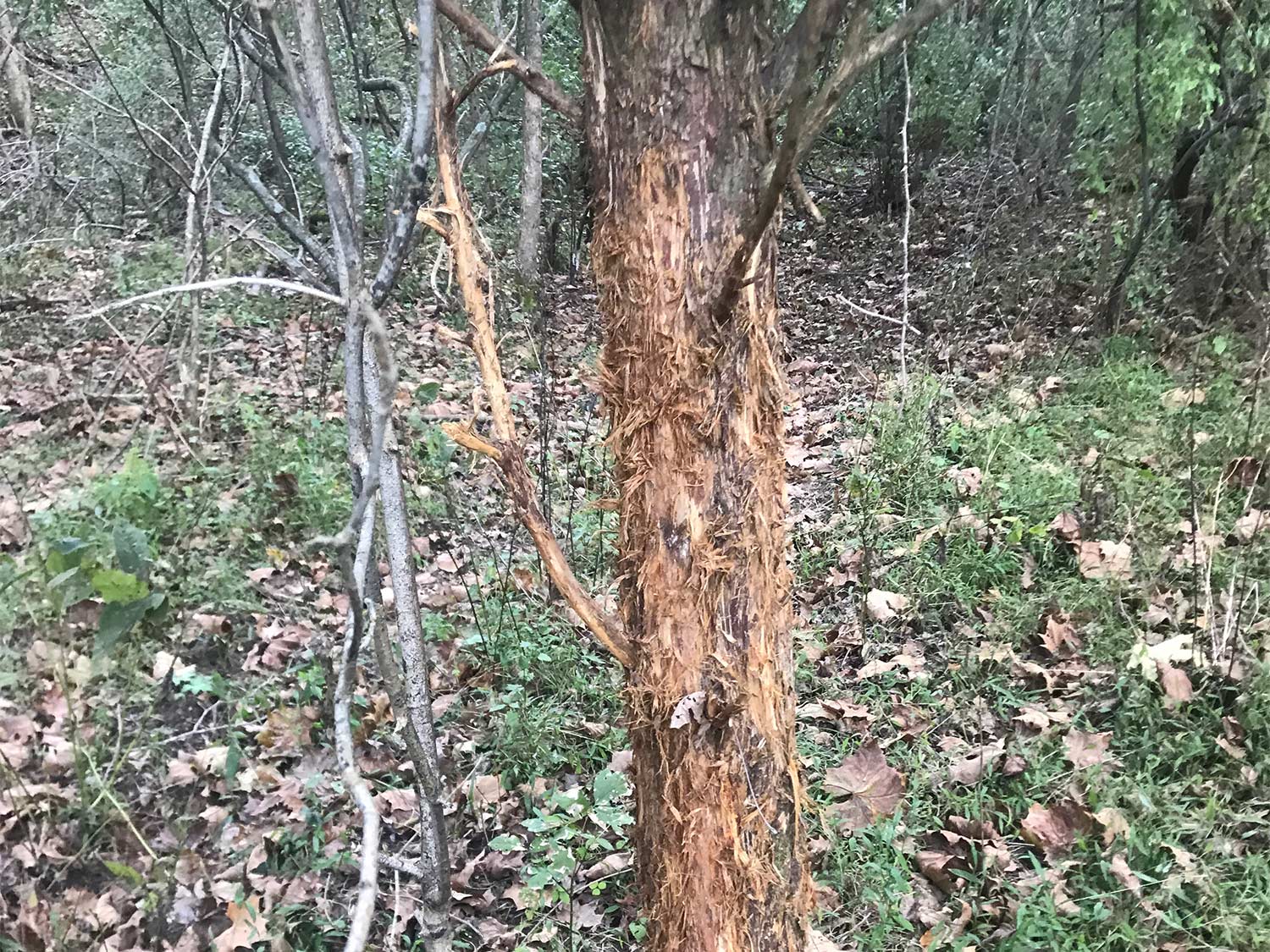
Grady Wilson has well over 60 years of hunting experience under his belt. He has hunted deer all across his home state of Tennessee and out west in states like Colorado, Wyoming, Montana, South Dakota, New Mexico, and Nebraska.
Anytime Wilson talks about bucks and deer hunting, ears generally perk up. Wilson has invested a lifetime in the woods and when scouting for wall-hanger bucks, he likes to take an old-school approach that focuses on finding and following established rub-lines.
“A rub-line is a great scouting tool, because it gives a hunter so much information,” says Wilson. “If you know how to use this information, it can tell you exactly how and where to hunt a particular buck.
“For starters, rub-lines tell you point-blank how and where a buck is traveling in your hunting area. Following rub-lines will lead you directly to where the buck is feeding, staging, and even bedding. Knowing how a buck enters and exits any of these three key areas is a crucial step when choosing the best location to intercept him when he’s on the move. Setting up along rub-lines where the trees are rubbed on both sides is usually a pretty good option, because it shows these trails are primary travel corridors.”
6. Learn The Tricks of the Trail
Fundamentally, how and when bucks utilize trails through the woods is tantamount to hunting success. Figure out that part of the equation and get there before they do and you’ll be punching a tag. But how?
“We didn’t have trail-cameras back in my day, so I had to be able to accurately read sign along trails and occasionally improvise with some tricks,” says Wilson. “Through trial and error, I quickly learned that heavily-worn trails that really stood out were primarily being used by does most of the time. As a result, I started focusing more on the fainter trails that encompassed heavier hoof prints and larger-sized droppings. These trails are often a little more difficult to find, but these are the routes that older bucks will typically use.
“Prior to the trail camera days, in order to gather more information, I started loosely tying thin brown sewing thread across the paths around ankle high. This low-tech trick would give me a pretty good idea of how frequently a particular trail was being used and what direction the deer was traveling based on how the thread laid on the ground after being walked through. The thread tactic still works today and it’s not a bad option, especially if you’re worried about trail-camera theft or you’re trying to cover a lot of different trails.”
7. Hunt Squirrels
The man who taught me the most about deer scouting and hunting is my dad, Jim Faulkner. With well over 50 years of hunting experience, he believes that squirrel hunting is the foundation for building a deadlier deer hunter.
“In my opinion, the absolute best scouting and learning tool for deer hunting is mastering your woodsmanship skills in the fall squirrel woods,” he says. “It allows a hunter to intimately learn the land they are hunting by pinpointing the exact location of mast trees and other types of food sources or watering holes in the area. You can also find fresh deer sign, locate travel corridors, discover natural funnels, and gain a good overview of how to hunt a buck in that area. Plus, it enables you to sharpen your hunting skills, while providing great exercise and conditioning for the upcoming deer season. When hunting large tracts of public land or unfamiliar areas, squirrel hunting is one of the fastest ways to find and effectively scout primetime whitetail locations.”
8. Steal a Scrape
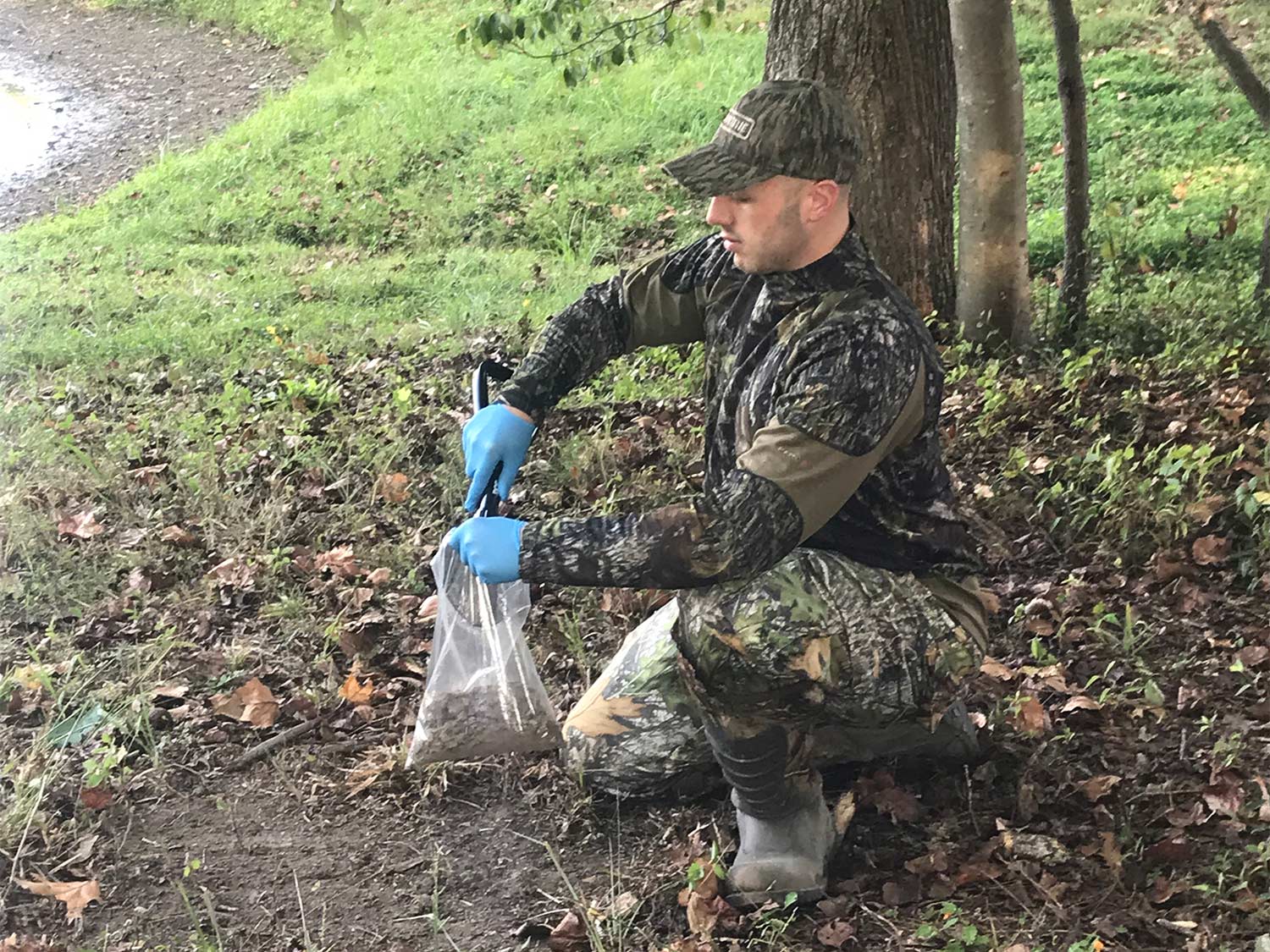
My dad taught me long ago that scrapes naturally draw a lot of attention from deer in general. He also knew that deer make and actively use scrapes throughout the year not just during the transitional phases of the rut.
“Existing scrapes and scrape-lines will show a hunter that bucks are in the area and even how they are traveling to reach feeding, bedding, and staging areas,” he says. “It also dawned on me that I could actually use scrapes to my advantage, if I could somehow make my own. The only problem was getting scent from the stores back in those days was nearly impossible, so I started digging up actual scrapes and storing the worked dirt inside of sealed plastic bags. Stealing scrapes from one area and strategically placing them inside of other key locations of my choice was a real game-changer. It allowed me to quickly locate bucks while scouting and to actually dictate how they traveled. I could place these stolen scrapes near key ambush points, which made patterning a buck easier and it generated way more shot opportunities for me throughout the years.”
Read Next: Analyze Browse to Understand a Deer Hunting Property
9. Go Easy
Having multiple setups obviously gives a hunter several key advantages, but Tennessee hunter Billy Gray, who has more than 50 years of hunting experience, says that the way you enter and exit these locations will determine your overall hunting success.
“Choosing your setups is just half the battle, because how you reach and exit these areas can make or break your hunt,” says Gray. “When scouting, I try to map out safe entry and exit points that allow me to reach, hunt, and exit my setups without bumping deer. Playing the wind is also a factor in what routes I’ll use on any given hunt. It’s important to remember that sometimes the easiest and quickest route to or from your treestand is not always the best option.”
At the end of the day, sometimes old-school tactics and low-tech strategies like these are exactly what are needed to get the job done. There are well over 200 years of combined deer hunting experience packed inside of these nine proven scouting tips. All of which can help you pinpoint, pattern, and ultimately tag more bucks this season in your neck of the woods.
